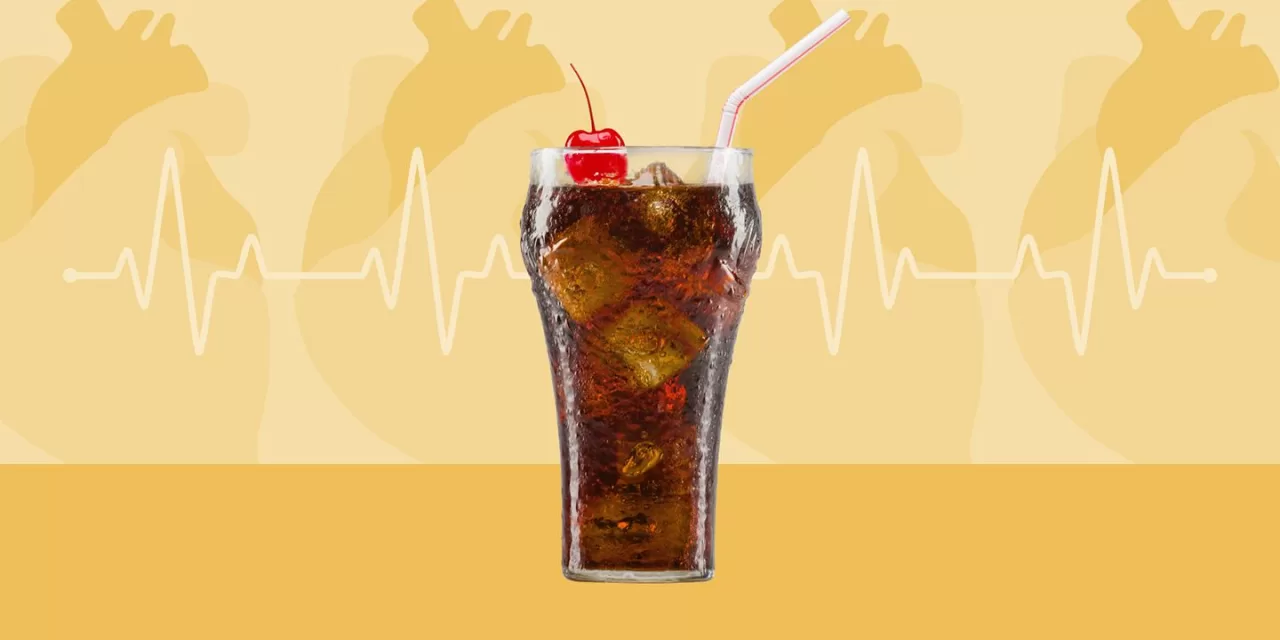A new report has shed light on the overwhelming presence of unhealthy foods in Canada and the difficulty of maintaining a nutritious diet. Despite the simplicity of advice to “eat more fruits and vegetables and avoid junk food,” the reality is far more complex.
The report, produced by a team of 18 nutrition and food policy experts across Canada as part of the International Network for Food and Obesity/Non-communicable Diseases (NCDs) Research, Monitoring and Action Support (INFORMAS), reveals that unhealthy food is not only ubiquitous but also aggressively marketed, making it harder for Canadians to make healthier choices.
An Environment Stacked Against Healthy Eating
The findings indicate that a staggering two-thirds of packaged foods in grocery stores are high in salt, sugar, or saturated fat, while only 12 percent meet healthier standards. Additionally, unhealthy foods are readily available in schools, hospitals, and grocery stores. Research from Ottawa found that children had an average of 19 locations selling unhealthy food within a kilometer of their schools, with numbers soaring to 45 in Vancouver.
Marketing plays a significant role in shaping food choices, particularly among children. The report notes that children aged six to 11 see an estimated 4,000 food ads annually on digital devices, with older children exposed to twice that number. Shockingly, 90 percent of these advertisements promote unhealthy products.
The Economic and Health Costs of Unhealthy Eating
The widespread availability and affordability of unhealthy foods have led to significant health consequences. Poor dietary habits are among the leading causes of death and disability in Canada, contributing to an estimated $15.8 billion in healthcare and associated costs.
Despite commitments from the food industry to improve nutritional standards, the reality remains grim. With power concentrated among a few large multinational corporations, the production and aggressive promotion of unhealthy foods continue to dominate the market.
The Need for Policy Reform
The report calls for decisive action from policymakers, industry leaders, and health advocates to create healthier food environments. It points to successful policies in countries like Chile and Mexico, which have implemented front-of-package warning labels, restrictions on marketing unhealthy foods to children, and taxes on sugary drinks.
Canada plans to introduce front-of-package labeling in 2026, but other critical reforms, such as taxes on unhealthy foods and restrictions on marketing to children, remain absent. Newfoundland and Labrador is currently the only province to have imposed a tax on sugary drinks, while over 45 countries worldwide have implemented similar measures.
As Canada develops its national school food policy, there is an opportunity to shield school food programs from corporate interests and extend healthy eating initiatives to hospitals, homes, and grocery stores. With looming trade challenges that may impact food affordability, there is an urgent need for a sustainable, locally produced, and healthier food supply.
Conclusion
The INFORMAS Canada report serves as a call to action for a healthier future. By strengthening policies and fostering a culture of nutritious eating, Canada can transition to a food system that nourishes its population while supporting local farmers and food producers.
Disclaimer: This article is based on findings from the INFORMAS Canada report and does not constitute medical or nutritional advice. Readers should consult healthcare professionals for personalized dietary guidance.












